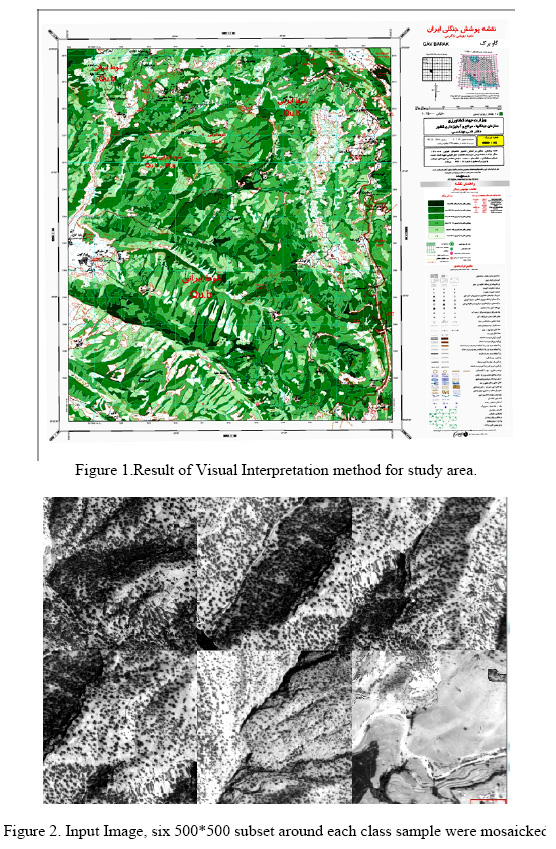Articles in the Mapping Category

Various nations have passed legislation that makes it possible for ruralcommunities to register their lands as a single legalentity and act as decentralized land administration and management bodies. However, due to various political, financialand capacity constraints, these laws are often not implemented successfully.

Objective of accuracy investigation In this study, accuracy investigation of the corrected MMS measurement data by LMU and the mapping data derived from these corrected data were carried out to establish the most appropriate land mark point asignment (position intervaletc.) method at GPS invisible period. The target mapping scale is 1/500 and required accuracy is 25cm RMS for both horizontaland vertical.

Roads are improved and maintained depending on its roles such as transport routes, minelayers of lifelines, refugee roads at disaster and also needs of users. To improve the roads safety and convenience, road authorities need the data to be used to comprehend 3D shape of the road space and its deformation quickly and accurately.

In a modern mobile mapping system, the navigation component usually consists of a GPS receiver and an inertial navigation system (INS), which can provide accurate geo-referencing to the imaging sensors [1][2]. To achieve centimetre-level positioning accuracy, RTK-GPS is a natural choice. However, RTK-GPS in urban areas suffers from frequent outages due to blockages of either the GPS signals or the reference station radio links. In addition, multipath from buildings, trees and heavy vehicles could degrade the accuracy of the GPS when the vehicle is near them.

With the wide access to relatively inexpensive or freeware computer software for map production and using the Internet and the World Wide Web (Web) for dissemination this process has been automated somewhat, enabling the production of products and (Web) publishing to be fairly straight-forward. Using the Web as a publishing medium has allowed these relatively small voices to disseminate their viewpoint, which might otherwise be impossible…

here has been a renewed interest in exploration of the moon and in the past four decades the exploration of moon has become a reality [1]. A number of missions have been flown to the moon by many countries. Many of these missions have carried imaging systems that, collectively, have returned an incredible wealth of information on the shape and surface characteristics of the moon. Mapping of moon began in the seventeenth Century by Galileo…















 (5.00 out of 5)
(5.00 out of 5)